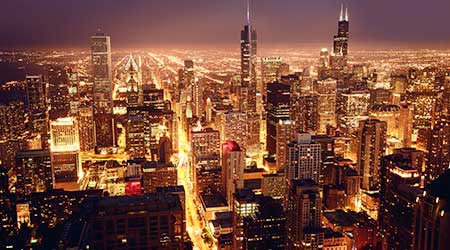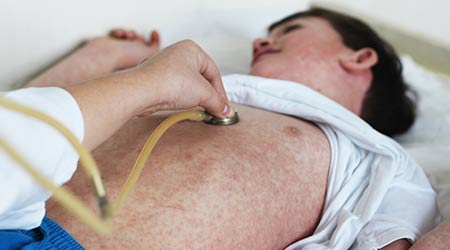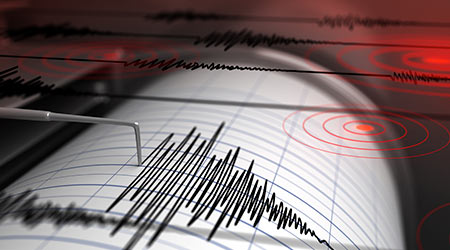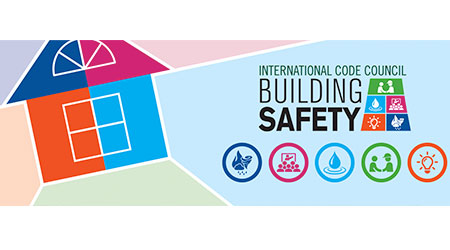
Nighttime Building Illumination Lethal for Some Birds
May 6, 2019
Buildings may be particularly lethal to certain migrating songbird species, further underlining the need to reduce nighttime lighting in buildings along migration routes.
Some bird species which migrate at night exhibit a behavior called flight-calling, where the birds use short faint calls to help the group navigate together. Researchers from the University of Michigan found that birds with this behavior are colliding with buildings at much higher rates than birds which do not use flight-calling as they migrate overnight.
Due to its location along migratory routes, Chicago is the US city which exposes the most birds to nighttime illumination hazards. Cleveland is also located in the north/south migration path. Researchers studied data from over 70,000 nighttime collisions of 93 songbird species in Chicago and Cleveland since 1978.
Previous research has found that birds with flight-call behavior increase how often they call when they’re flying over areas with nighttime illumination. After analyzing the rates of collision deaths from flight-calling versus non-flight-calling songbirds, the U of M researchers theorize flight-calling species may be more susceptible to becoming disoriented by building lights than non-flight-calling species. They then inadvertently lure more of their flock into a building collision path with their calls.
Adding insult to injury, additional collision deaths occur when birds who survived being attracted to lit buildings at night crash into their reflective glass come daytime, while they try to find a way out of the area.
Researchers in particular analyzed data from McCormick Place, a large convention center in Chicago on the shore of Lake Michigan, and were able to correlate an increase of nighttime illumination at McCormick Place with an increase in bird collisions. To be fair, the convention center has taken steps over the years to reduce its nighttime illumination. Study co-author David Willard, a retired Field Museum ornithologist who led the data collection in Chicago was quoted by the University of Michigan News as saying McCormicks’ efforts have resulted in a 75 percent reduction in bird fatalities at the facility since 1978.
Though research linking nighttime artificial light and bird strike deaths has moved cities, building owners and facility managers to reduce nighttime illumination over the decades, researchers say more needs to be done to reduce the levels even further. “Our results underscore the critical importance for bird conservation of reducing artificial light at night from buildings and other structures during migratory periods,” according to the report.
The research findings were published in Proceeding of the Royal Society B.
Naomi Millán is senior editor of Building Operating Management.
Next
Read next on FacilitiesNet












